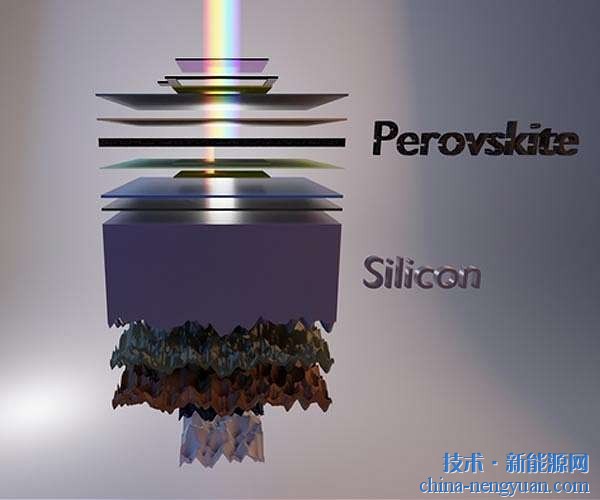Some eukaryotic microalgae in nature can fix carbon dioxide through photosynthesis and transform and store it as oil. Therefore, microalgae energy has received a lot of attention in recent years as a potentially scalable energy production and carbon reduction program. However, the lack of efficient genetic tools has greatly limited the research on mechanism and molecular breeding of industrial oil-producing microalgae. Recently, the Single Cell Research Center of the Qingdao Institute of Bioenergy and Bioprocess Technology, Chinese Academy of Sciences, used Microspora algae as a model, and pioneered the establishment of a genome editing technology for industrial oil microalgae based on Cas9/gRNA, opening the door to reverse genetic engineering. This result was published online in The Plant Journal on August 19th. Nannochloropsis is an industrial oil-producing microalgae that can be cultivated in large-scale outdoor seawater. It has the advantages of rapid growth rate, large accumulation of oils and fats, EPA, and strong tolerance to carbon dioxide. It has therefore become a major area of ​​energy microalgae research. One of the model algae strains has also been widely used in many demonstration projects of microalgae carbon production at home and abroad. However, the lack of reverse genetic engineering technology has fundamentally hindered the transformation of many key traits such as carbon dioxide fixation ability and oil production efficiency. Dr. Wang Qintao, Ph.D., Ph.D., of Qingdao Energy Institute's Single Cell Center, and Dr. Lu et al., in the Nannochloropsis oceanica, design and co-express the specific exogenous Cas9 protein and guide RNA, based on the two On-line sequencing of high-throughput transformant identification methods enables accurate deletion of five bases at the target site of the nitrate reductase gene coding sequence (see the following figure), and screening for isolated and predicted phenotypes and genotypes Genome-edited mutant algae strains that are all well-matched, thus demonstrating the precise editing of the genome in industrial oil-producing microalgae. The establishment of this genome editing technology has enabled the functional identification of each coding or non-coding site on the Nannochloropsis genome. In combination with a series of single-cell Raman imaging, Raman sorting, and sequencing technologies developed by a single cell center, this genome-targeted editing technique can establish microalgae genotypes and phenotypes with excellent accuracy, breadth, and throughput. The association, and then through the genome precision surgery to design and shape the ideal micro-algae traits. The establishment and improvement of this new technology platform will have a profound impact on the molecular breeding of energy microalgae. The above work was completed by Xu Jian, a single-cell center researcher, and received preliminary support from the Ministry of Science and Technology, the Development Committee, and the Chinese Academy of Sciences' carbon-containing gas utilization projects. Ceiling Diffusers,Ceiling Vent Diffuser,Ceiling Ventilation Grill,Ceiling Diffusers And Grilles Guangzhou Jointair Co., Ltd. , https://www.jointairaccessories.com